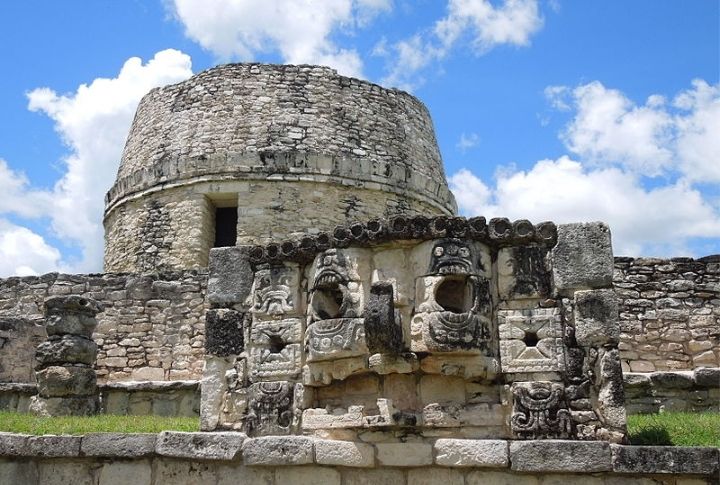
History is full of stories of ancient civilizations that once flourished, only to fade into obscurity. While the tales of the Egyptians, Greeks, and Romans are well-known, many other fascinating cultures have left their mark on the world. These lesser-known civilizations offer unique insights into human history and ingenuity. Let’s uncover 15 ancient civilizations you may not have heard of, each with its captivating story.
The Norte Chico

A shroud of mystery surrounds the Norte Chico civilization, possibly one of the oldest known in the Americas and located north of present-day Lima, Peru. While archaeologists have unearthed massive structures like pyramids and intricate irrigation systems, daily life for the Norte Chico people remains largely unknown. Interestingly, the Norte Chico appears to be one of the few civilizations of their time without pottery.
The Nubia
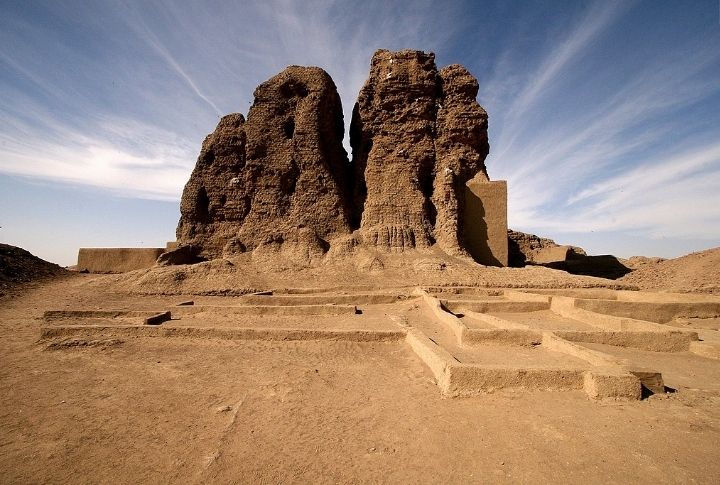
Located south of Egypt in what is now Sudan, Nubia was once a powerful civilization that even ruled Egypt for a time. Nubia has its share of impressive pyramids, with over 220 still standing today. The 25th Dynasty of ancient Egypt, known as the “Black Dynasty” due to the Nubian pharaohs’ dark skin, ushered in a golden age of stability and cultural flourishing.
The Nineveh
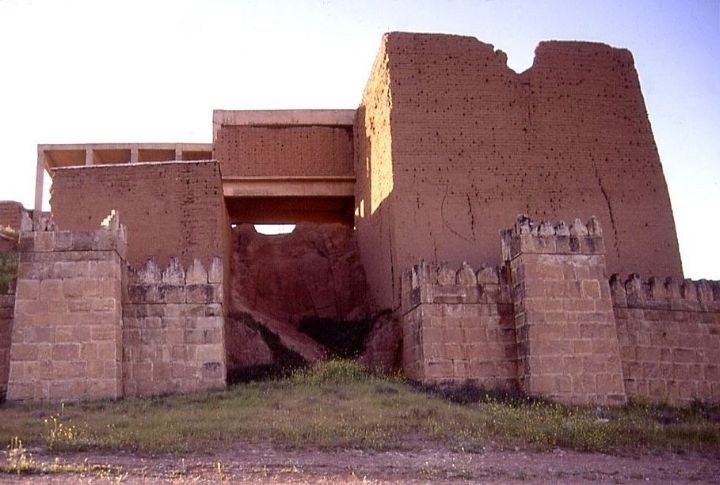
Nineveh, situated in present-day Mosul, Iraq, thrived as one of the oldest and most impressive ancient cities. Though early earthquakes damaged the city, including the first temple of Ishtar, Nineveh persevered and grew. For centuries, the Assyrian Empire reigned over the region, and in 612 BCE, Babylonian and Median armies combined became the reason for its destruction.
The Mehrgarh

Mehrgarh, located in Balochistan, Pakistan, is a significant archaeological site offering a window into early human civilization in South Asia. Excavations began in 1974, but challenges like erosion and rampant looting have hindered deeper exploration. Recovered artifacts hint at a highly developed society with established trade networks. Evidence suggests Mehrgarh thrived around 7000 BC, predating the people of Indus in the same region by thousands of years.
The Vinca

It is even known as the Danube Valley Civilization, which thrived along the Danube River long before the rise of mighty empires like Mesopotamia and Egypt. They left behind a remarkable legacy, including what some believe to be a form of one of the world’s earliest writing systems. Archaeologists believe these settlements, built with wattle and daub clay houses, flourished for over 1,000 years before being abandoned.
The Sanliurfa

In 1994, Turkish archaeologist Klaus Schmidt made a groundbreaking discovery: Göbekli Tepe. Just outside Sanliurfa is Gobekli Tepe, an archaeological site that will leave you scratching your head. Here, massive carved stones, known as megaliths, were erected and arranged before metal tools were invented—a staggering 6,000 years before Stonehenge.
The Konar Sandal

In the early 2000s, a massive ziggurat, a terraced temple complex, was unearthed. Excavations at Konar Sandal have uncovered two significant mounds. One yielded a large, two-story building with exceptionally thick walls, hinting at a possible fortification. This civilization was “autochthonous,” meaning it arose within the region and possessed its unique architecture and language.
The Aksum

The ancient kingdom of Aksum, located in present-day northern Ethiopia, flourished as a center of power and influence. At its peak, its territory stretched across much of present-day Eritrea and northern Ethiopia. The Aksumites actively traded with nations across the eastern Mediterranean. A Persian writer recognized their power and prestige and ranked them as one of the world’s most incredible powers
The Indus

Centered near the Indus River in parts of modern-day Pakistan, Afghanistan, and India, this civilization surprised archaeologists with its vastness. Mohenjo-Daro and Harappa stand as two prominent examples of these urban centers. These Indus Valley cities portrayed remarkable advancements. Many houses had wells and bathrooms connected to a sophisticated underground drainage system, evidence of their engineering ingenuity.
The Nabataeans
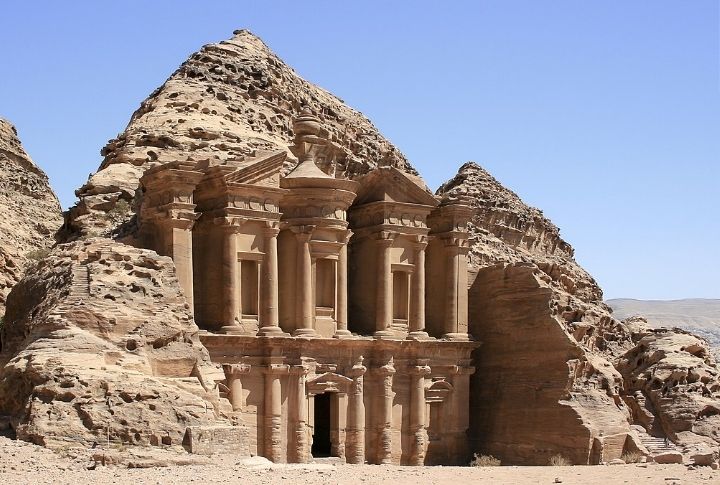
Carving this rose-red sandstone city of Petra, the Nabataeans were innovative engineers who mastered water management in a desert environment. Their sophisticated network of cisterns and channels ensured their city’s survival for centuries. Nabataean ingenuity extended beyond carving; they were skilled traders, controlling key routes linking the Mediterranean with the East.
The Silla

While Korea’s Goryeo and Joseon dynasties are more familiar, the Silla Kingdom deserves recognition. Lasting over 900 years, Silla unified most of the Korean peninsula and ushered in a golden age of art, literature, and Buddhism. They are famous for their exquisite gold crowns and other ornate jewelry, showcasing their artistic talents.
The Olmec
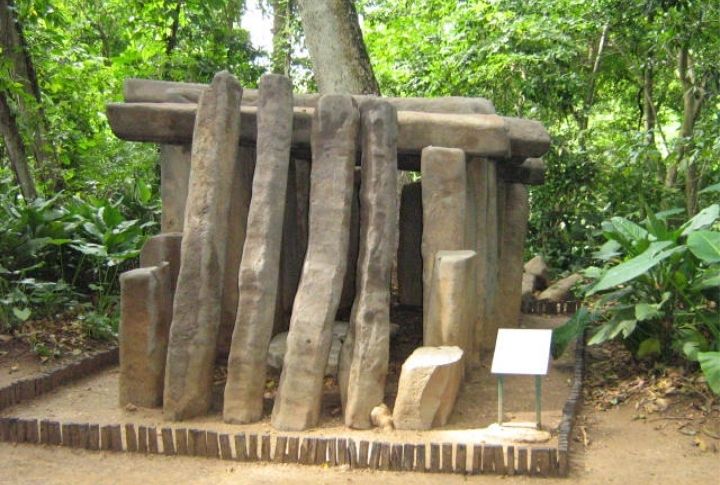
Before the Aztecs and Maya, the Olmecs significantly influenced later Mesoamerican civilizations. Emerging in what is now southern Mexico and Guatemala, the Olmecs carved colossal stone heads, some weighing tons, that continue to baffle researchers. Unfortunately, the Olmecs remain shrouded in mystery, with many unanswered questions about their writing system and the reason for their decline.
The Lydians
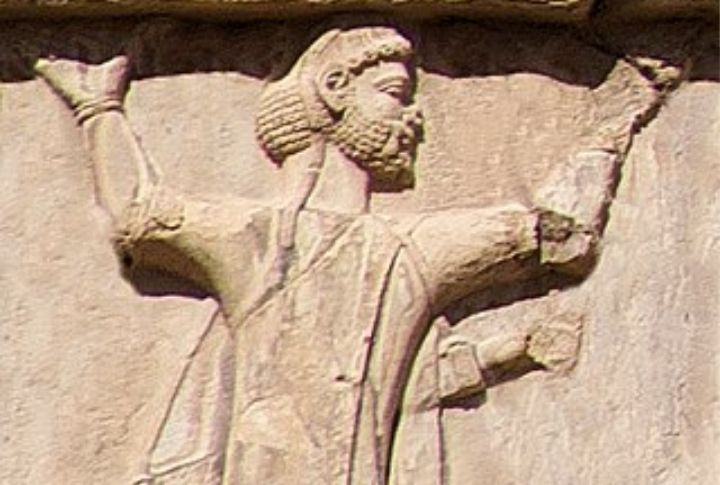
We take coins for granted, but the Lydians of ancient Anatolia (present-day Turkey) were the first to create them! This innovation revolutionized trade, and their electrum coins, a mixture of gold and silver, became widely accepted. Beyond coinage, the Lydians were known for their advanced dyeing techniques, producing textiles coveted throughout the ancient world.
The Guanches
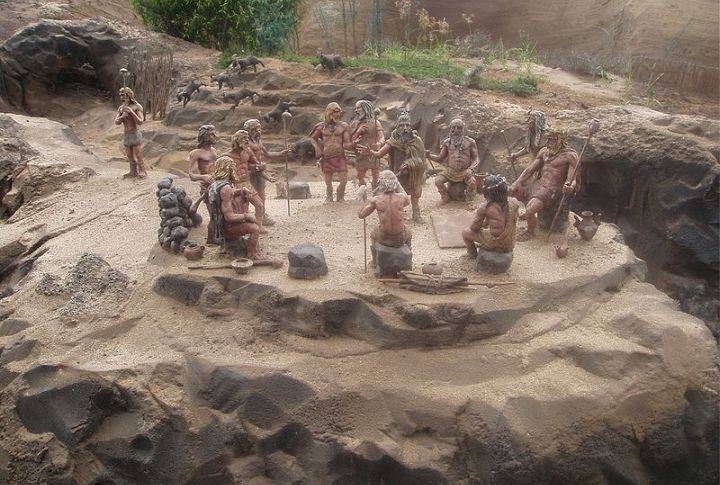
Step onto the Canary Islands and meet the Guanches, a unique indigenous society. Interestingly, they mummified their dead, a practice reminiscent of ancient Egypt but with their unique techniques. Notably, the Guanches lived semi-nomadic lives, inhabiting volcanic caves and crafting tools from stone and bone. Sadly, their way of life was forever altered with the arrival of Europeans in the 15th century.
The Maya

We know about the Mayan calendar and dramatic collapses, but there’s so much more! The Maya civilization, spread across parts of Mexico, Guatemala, Belize, and Honduras, built impressive city-states like Chichen Itza and Tikal. They were skilled astronomers, mathematicians, and artisans, and their intricate writing system is partially deciphered today

